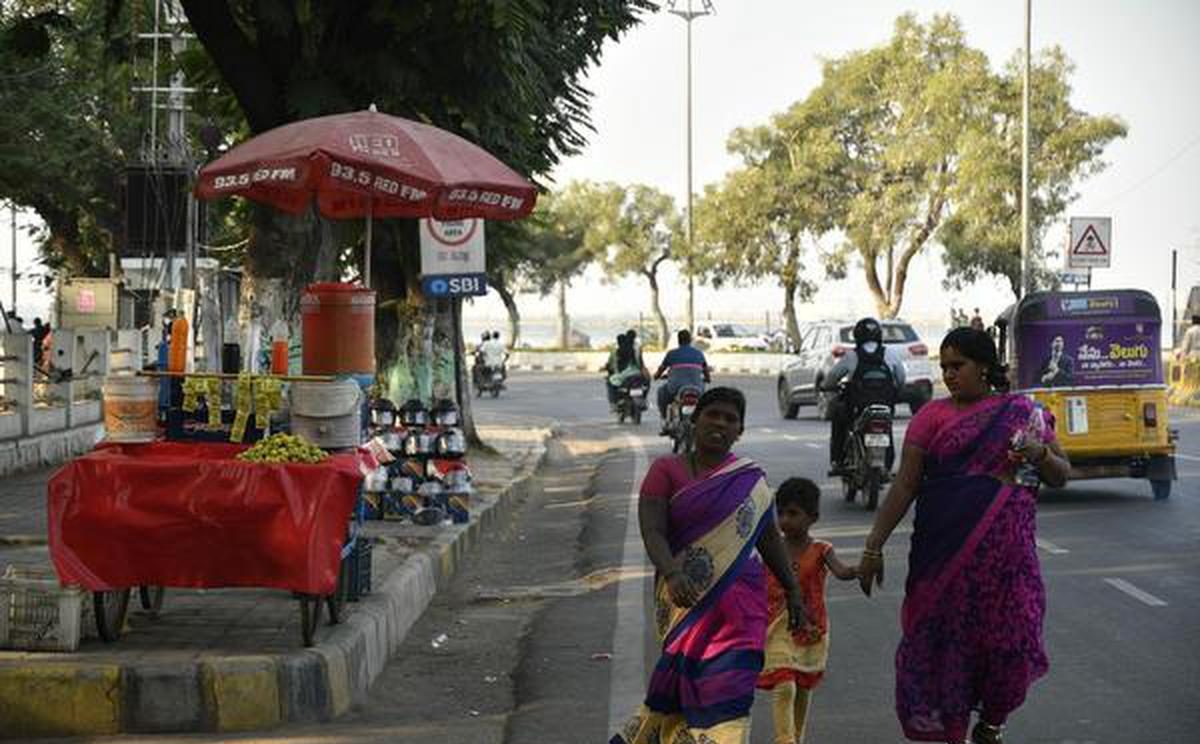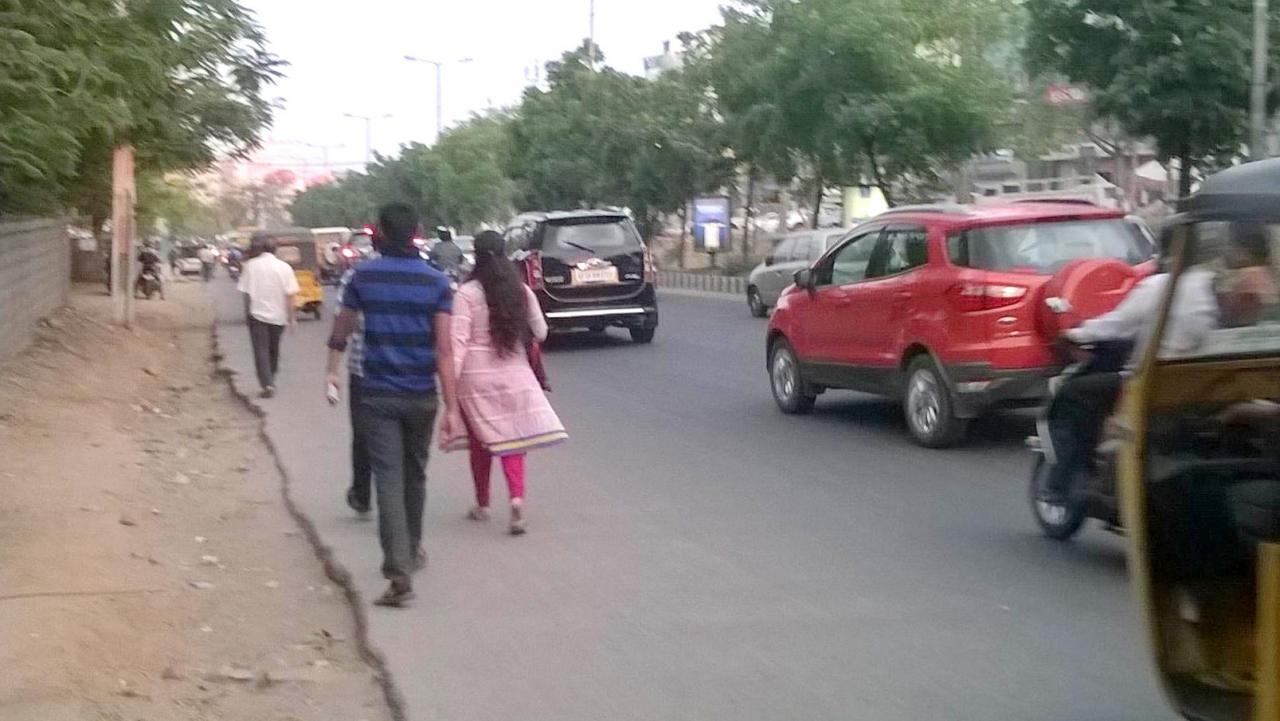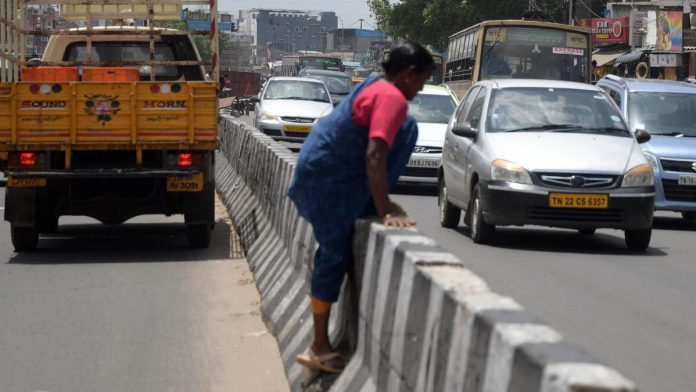- One of the unique phenomena observed in the context of Indian cities is the scant attention accorded to the safe commuting of pedestrians. The civic authorities have time and again failed to address this glaring lacuna for the safety, security, and pleasant walking experience. At the best of times, Indian roads irrespective of dwellings are so clogged with hawkers, vendors, petty sellers, cattle, and the ilk that it is an exercise in itself to safely walk around without getting banged into something or the other. The less said the better about the conditions of the main roads dotted with potholes-filled craters posing even more dangers for the well-being of commuters. Come the monsoon season, the poor conditions of the roads are further exacerbated. We know all this.

PC: Team BHP
- Most disconcertingly, the civic authorities turning a blind eye to the concerns of the ordinary citizens speaks volumes about how neglected the basic amenities in the country are. Little wonder, that India is an unsafe country for pedestrians. Changing this will make cities healthier and greener too. Of course, Indian travellers visiting overseas destinations are mightily impressed with the amenities ruing the obvious lack of even basic amenities here. While it is a pleasurable experience navigating the pedestrian way overseas, it’s a nightmarish experience in most Indian cities. So much so that pleasurable strolling is an impossibility in our cities today. Pathways being used by two-wheelers is a new trend posing hazards to pedestrians. The list of challenges goes on.
- Yes, the pedestrians also must contend with a random gutter and/or dug-up stretches by callous and continuous city works. What one is pushed onto, though, is not just more cacophonous but also far more dangerous. Note that pedestrians comprise half of road crash victims in Delhi, a transport department report finds. Accurate measures of this problem at the national level are difficult. First, because pedestrian fatalities are under-reported. Second, because data is aggregated from individual police station records, resulting in discrepancies even in government figures. Projects underway for efficient data generation should improve shortfalls in time. But making India’s roads safer for its pedestrians is a much more complex challenge.

PC: Team BHP
- Indeed, a lot of urban expansion is unplanned. Where it’s planned, cities are still plagued by ill-constructed pavements, unscientifically designed junctions, or road engineers seemingly simply failing to realise that roads are used by large populations to walk, rather than drive on. Further, traffic rules literacy is poor and compliance even poorer. But then, it’s hard following rules on a road where cars, two-wheelers, buses, cattle, and cyclists compete crazily with rickshaws of different types. Alongside more accountable municipal maintenance, some streamlining of what’s allowed on particular pavements and roads is essential to make them safer. A little planning, vision, and execution by the civic authorities would solve the safe commuting of pedestrians.






